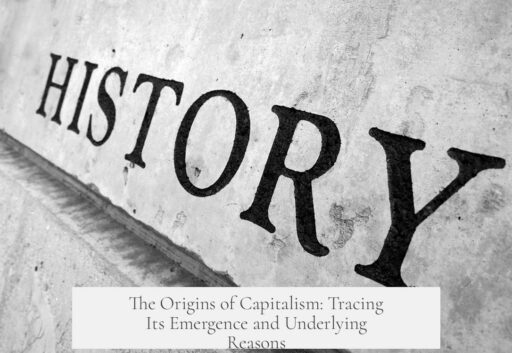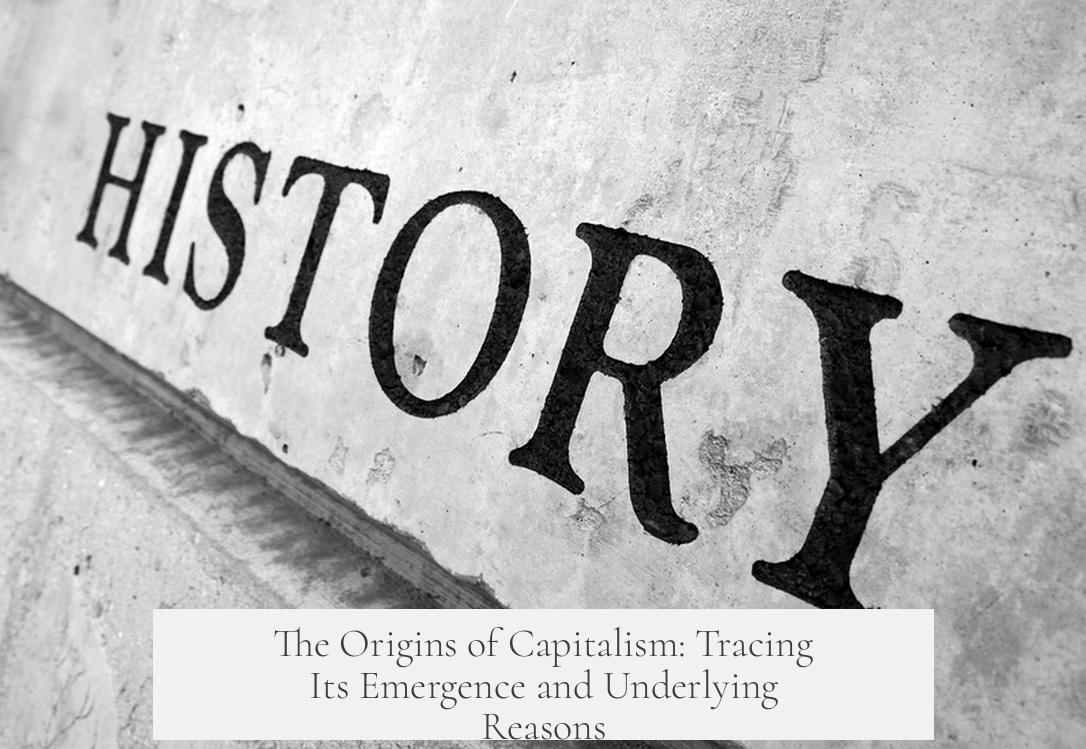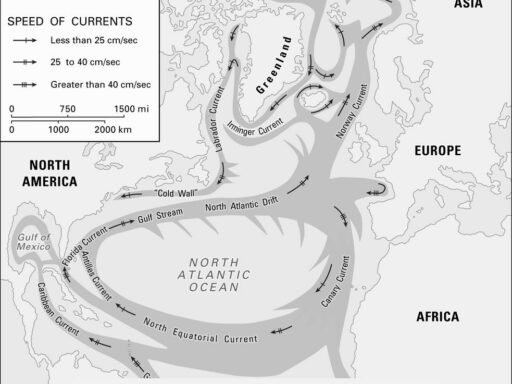Capitalism does not have a single, definite starting point. It evolved gradually through many historical periods. Some elements existed in Ancient Rome, while key developments took place between the 1500s and 1700s. The complex origins reflect diverse economic practices and societal changes over time.
Defining when capitalism began proves difficult. Scholars disagree sharply on its origins. Some credit Adam Smith, an 18th-century economist, with founding capitalist thought during the Enlightenment. Others argue that Smith’s ideas built on earlier European Renaissance philosophies, especially from 15th-century Italy.
A more ancient view highlights capitalism traits in the Roman Empire. Roman society displayed basic capitalist features: private property, profit-driven business, and limited taxation. Wealthy individuals financed public projects themselves, such as aqueducts or temples, rather than relying on state funds.
- Romans had privatized tax collection, where contractors bid to collect provincial taxes and profited from excess collections.
- These practices showed a proto-capitalist system with private enterprise heavily involved in public and economic life.
The Roman example complicates the timing because it reveals capitalist-like systems thriving over 2,000 years ago—long before modern capitalism’s formal articulation.
The shift from feudalism to capitalism forms a critical part of capitalist history. This transition was gradual, contested, and varied by region. Historians like E.K. Hunt place this process between the mid-1500s to the 1700s. The transformation was marked by:
- Decline of feudal land-based hierarchies.
- Rise of market economies emphasizing individual entrepreneurship.
- Increased global trade and the emergence of financial instruments.
This change was driven partly because capitalism proved more efficient and expansive. Its ability to engage in global markets allowed elites to gain greater wealth and influence than under feudalism.
The uneven spread of capitalist structures worldwide adds complexity. Marx’s concept of “primitive accumulation” describes the early, often violent processes where capitalist modes overtook feudal or communal systems. This included enclosure of land, colonial exploitation, and consolidation of market control.
Some historians also note capitalism’s roots in medieval Islamic and other non-European contexts. Merchant capitalism flourished in Islamic civilizations, exhibiting sophisticated financial and commercial practices. This narrative highlights capitalism’s diverse geographic and cultural origins.
Financial history deepens understanding. Niall Ferguson’s book The Ascent of Money explores capitalism’s rise through the lens of finance. It shows how innovative financial instruments, such as government bonds and joint-stock companies, powered development and wars. The Rothschild family’s financing of the Napoleonic Wars exemplifies this evolution.
| Period | Capitalist Traits | Key Characteristics |
|---|---|---|
| Ancient Rome | Private property, profit-driven public works, tax farming | Private funding of public works, minimal taxes, competitive tax collection |
| Medieval Islamic Civilization | Merchant capitalism, advanced commerce | Financial sophistication, trade networks |
| 15th–17th Century Europe | Renaissance ideas, commercial expansion | Philosophical groundwork, capitalist markets grow |
| 1500s–1700s Europe | Transition from feudalism | Market economies emerge, enclosures, global trade |
| 18th Century Onward | Formal economic theories | Adam Smith’s work, Industrial Revolution impact |
In sum, capitalism is neither a sudden invention nor the product of a single thinker. It results from layered developments in economic activity, social change, and ideas. Ancient practices in Rome resemble capitalism’s organizational features. European transitions formalized and expanded capitalism.
- Capitalism’s origins predate Adam Smith, seen even in Ancient Rome.
- The rise from feudalism spanned centuries (1500s-1700s), driven by efficiency and global trade incentives.
- Merchant capitalism existed outside Europe, notably in medieval Islamic societies.
- Financial innovations and market systems fueled capitalism’s spread and growth.
- Capitalism’s history is multifaceted, reflecting diverse economic and cultural influences.
When Did Capitalism Begin? And Why?
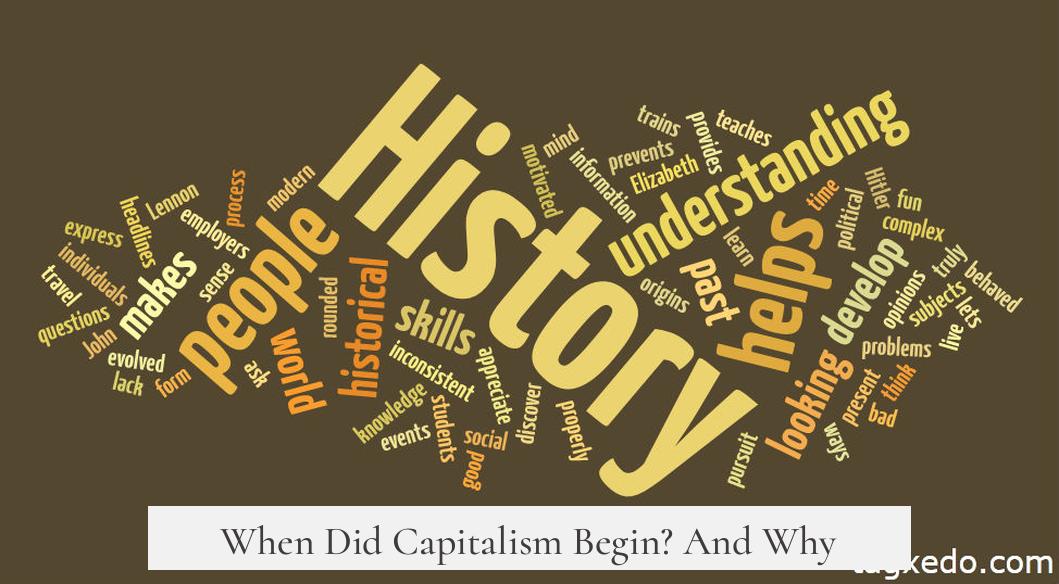
Capitalism did not spring fully formed from one moment in history. It evolved gradually, blending ideas, practices, and systems over centuries from varied sources. So when did capitalism really begin? The short answer is: it depends on who you ask, and what you consider “capitalism.”
Confused? Welcome to the debate club historians and economists love to join. The origin of capitalism isn’t a neat date on a timeline. Instead, it’s a messy, fascinating story spanning millennia.
The Root of the Debate
You’ll find at least three camps ready with their favorite starting points. First, economists often credit Adam Smith, the 18th-century Scottish philosopher, as the “father of capitalism.” Smith’s Wealth of Nations famously promotes free markets and the “invisible hand.” But wait—earlier voices want a word.
Renaissance scholars point out that Smith’s ideas didn’t pop out of thin air. They trace the origins to 15th-century Italy, where merchants, bankers, and thinkers began crafting the idea of private enterprise and market freedom. Then, the Roman archaeologists chime in with a surprising candidate—the Flavian dynasty of the late first century CE.
Yes, Ancient Rome had elements strikingly similar to capitalism even before the Renaissance or Enlightenment. So the debate? It’s like trying to pick the best ice cream flavor at a party—everyone has a valid point.
Capitalism in Ancient Rome: More Than Gladiators and Legions
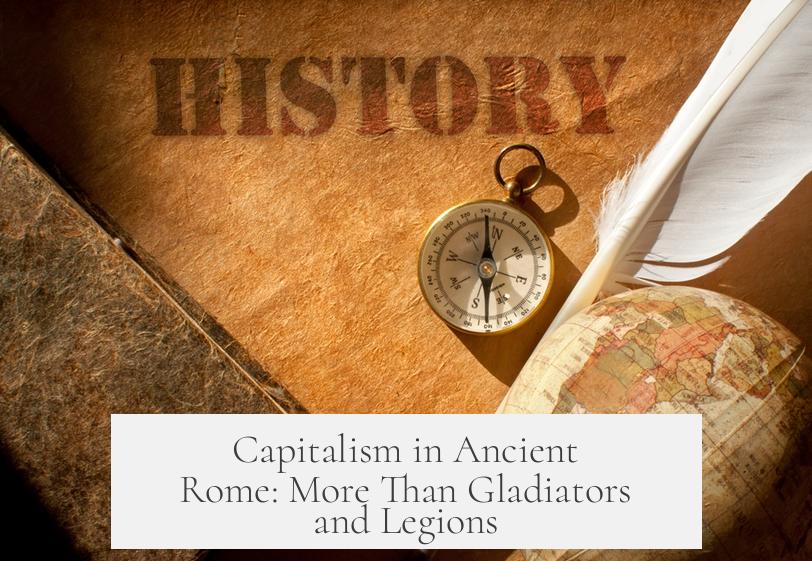
The Romans might surprise you. They were capitalists in their own right, arguably with less government interference than some modern nations.
- Public works weren’t funded by taxes but by wealthy individuals. A senator wanting a temple didn’t ask for public money; he paid himself.
- Property rights were respected. People owned land, buildings, and businesses privately.
- Business for profit was the norm. None of this state-controlled economy stuff.
- Taxes? Oh, they had those, but they contracted private companies to collect them via bidding. These companies paid the government upfront and tried to make a profit by gathering more from the populace—kind of ruthless but capitalist.
This early laissez-faire flavor shows capitalism’s puzzle pieces existed more than 2,000 years ago. So if capitalism is about private ownership, profit, and minimal interference, Rome just might be the OG capitalist playground.
The Messy Middle: Feudalism’s Slow Fade
But capitalistic Rome didn’t lead directly to modern capitalism. Instead, a giant medieval detour named feudalism bounced onto the scene after Rome’s fall. For centuries, Europe’s economy was controlled by lords, serfs, and rigid social orders—not exactly free markets.
The transition from feudalism to capitalism took centuries and wasn’t peaceful. Think: the French Revolution and various uprisings. Scholars like E.K. Hunt argue this shift mostly happened between the 1500s and 1700s.
Why fade out feudalism? Simple: capitalism was more efficient. It allowed better resource allocation and rewarded the ruling classes on a global scale. Capitalism’s global reach meant profits and wealth could expand far beyond local manors and kingdoms.
Capitalism’s Many Ancestors: A Global Story
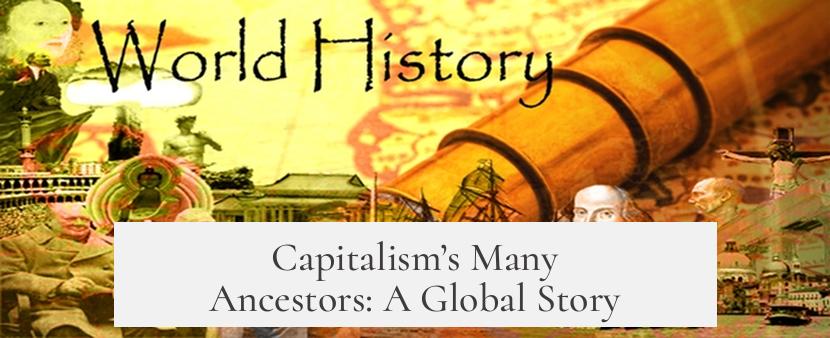
Capitalism didn’t develop uniformly. Depending on where you look, it grew in fits and starts. Marx called some of these early developments “primitive accumulation.” Meanwhile, parts of the medieval Islamic world conducted merchant capitalism with trade networks and financial tools very advanced for their time.
If your curiosity stretches into unknown histories, check out merchant capitalism from the medieval Islamic civilization. It laid foundational practices that connect to modern capitalism.
Want to Dive Deeper? Here’s a Fun Book Recommendation
If this journey excites you, grab The Ascent of Money: A Financial History of the World by Niall Ferguson. This book explores finance as the beating heart of capitalism, tracing its steps from bonds funding the Napoleonic Wars to early stock markets selling shares in colonial adventures.
Financiers like the Rothschilds didn’t just roll in dough; they transformed how money fuels wars, companies, and economies—a peek into capitalism’s complex DNA.
So When Did Capitalism Really Begin? The Why Behind It

Because capitalism is a SYSTEM, it’s like trying to pinpoint when a river began flowing. Was it when the first raindrop fell, or when it merged with the sea? It’s the combination of private ownership, profit motive, free markets, and capital accumulation that defines it.
Throughout history, various cultures contributed pieces to this puzzle. Ancient Rome had public-private economics and tax auctions. Renaissance Italy built the intellectual framework. The Enlightenment heightened concepts of free enterprise. Medieval Islamic merchants refined trade practices. The transition from feudalism wasn’t immediate but inevitable, driven by capitalism’s superior ability to create wealth and expand markets.
And perhaps most telling—capitalism’s rise answers the basic human question: “How do we arrange resources for the most benefit?” It thrives because it offers efficiency and rewarding systems that adapt to human innovation and ambition.
Takeaway Tips for the Curious Reader
- Understanding capitalism requires patience. It’s not a sudden invention but a slow, uneven shift in how economies work.
- Look beyond the usual suspects. Adam Smith is key, but capitalism’s roots spread wider, including surprising places like Ancient Rome and medieval Islamic civilization.
- Remember history is complex. There were many systems before capitalism, and the transition was often painful and non-linear.
- Explore finance’s role. Capitalism rides on financial innovations—from bonds to stocks—which often drive historical change.
So next time someone asks, “When did capitalism start?” you’ll know to smile and say: “Do you have a few centuries to spare?” Meanwhile, enjoy the irony that Ancient Romans might have been the first true capitalists, cheering them on from 2,000 years ago with their toga-clad stock portfolios.
